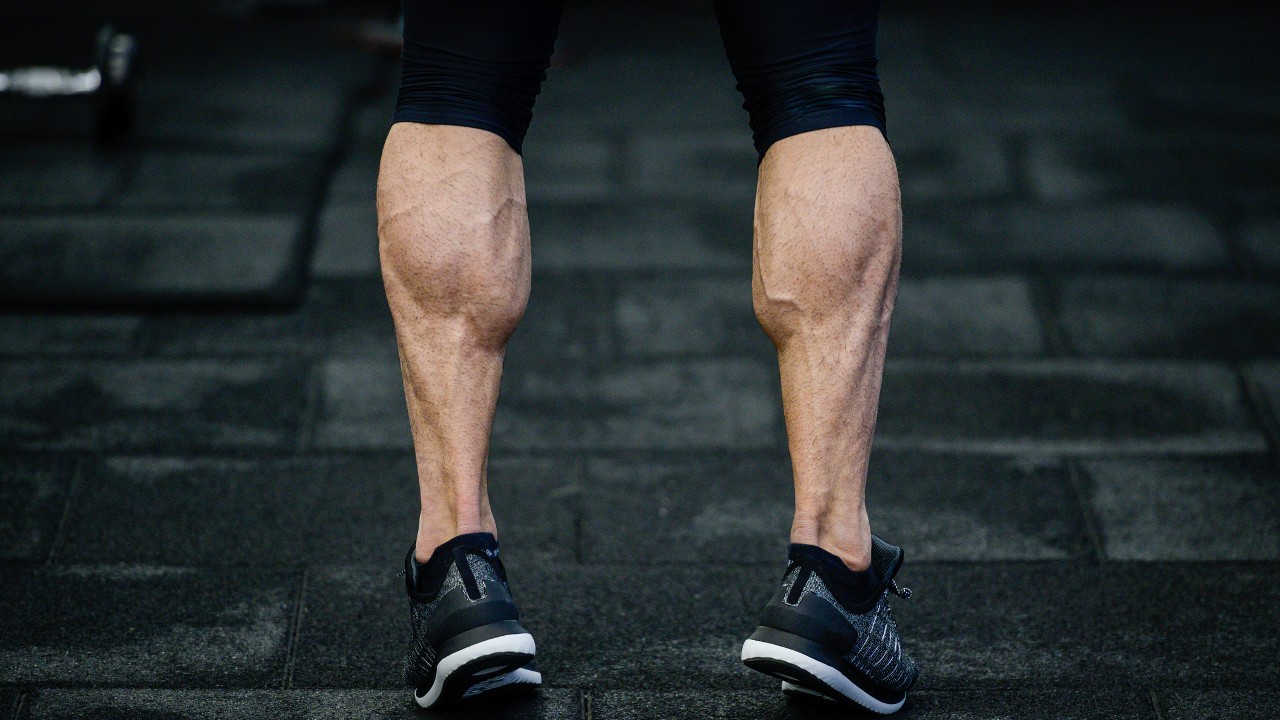
Gus Morrison prefers to keep patients off his rehab table. The London-based physiotherapist and strength and conditioning coach of Technique Health and Fitness specialises in using benchmark testing to get his clients back to full fitness – and staying in that state.
Here, he’s picked out three lower-body exercises that test the hips, knees and ankles – along with a number of reps to target for each – and he urges everyone to incorporate them into their regular workouts to stay injury-free.
“These three exercises target triple extension through the hips, knees and ankles,” Morrison explains to Coach. “Almost every sport movement, whether running, jumping or turning, and a lot of day-to-day tasks, such as walking, getting out of a chair and ascending or descending stairs, requires adequate levels of strength in these movements.”
Insufficient levels of such strength, he says, is a common cause of injury, but one that can be easily avoided. Morrison suggests including these exercises in your regular workouts to gradually build up your strength, then once a month performing the specific tests outlined below.
If you don’t have a set routine at the moment, explore a range of leg workouts, including a leg-day workout for the gym, a home legs workout and knee-strengthening exercises.
Lower-Body Strength Workout
Try these tests to gauge your lower-body strength. Aim to perform as many reps as possible for each one, stopping when you can’t do any more or your technique breaks down. Record the number of reps you achieved for each as your baseline score. To improve your score, Morrison suggests adding these exercises to your regular workouts.
“To start with, break up each target number of reps across three to four sets,” he says. “For example, the target reps for the single-leg hamstring bridge is 25, so begin with four sets of six single-leg hamstring bridges on each side. Next week, progress this to three sets of eight, then two sets of 12 and eventually shoot for one full set of 25.”
Get the Coach Newsletter
Sign up for workout ideas, training advice, reviews of the latest gear and more.
Morrison has based the target number on various studies which showed they helped reduce injury risk, but ultimately your unique baseline score is a better sign of progress. Set your score, build up your strength, then repeat the test. As long as those numbers are going up, your risk of injury will be going down.
1 Single-leg calf raise
Target reps 25 each side Tempo 1sec up, 1sec down
Use a wall or chair for balance and stand on one leg with your knee straight. Slowly rise onto your toes as far as you can, engaging the muscles in your calf, then slowly lower back to the start. Complete as many reps as you can on one leg, then on the other leg to give you a baseline score for each side.
Morrison says: “Research by Australian Ballet found dancers who could not do 25 calf raises reported ankle pain in the previous six months. Since introducing calf-strengthening exercises, they observed a significant decrease in all types of foot and ankle injuries ranging from sprains to fractures.”
2 Single-leg hamstring bridge
Target reps 25 each side Tempo 1sec up, 1sec down
Lie face up on the floor, with your feet elevated on a chair or bench and knees bent slightly more than 90°. Keep one leg raised and the heel of the other foot pressed down as you drive your hips up to full extension so that shoulders, hips and knees are in alignment. Lower under control, keeping the other leg raised, and repeat. Again, perform all reps on one side, then switch.
Morrison says: “A 2013 study on Australian Rules football players found that those who couldn’t do more than 20 reps per side were more likely to sustain a future injury than those who could do 25 reps or more.”
3 Single-leg sit-to-stand
Target reps 22 each side Tempo 1sec up, 1sec down
Stand in front of a chair or bench with one leg raised off the floor. Sit your hips back as you lower your bum to gently tap the chair, then drive back up to stand. Try to maintain your balance throughout but don’t worry if you need to stabilise occasionally with the other foot. Perform all reps on one side, then the other, to give you your baseline scores.
Morrison says: “In a study of patients rehabilitating after knee-ligament reconstruction, those who could do at least 22 single-leg sit-to-stand reps recorded far better knee-related quality of life at one and three years post-op.”

Sam Rider is an experienced freelance journalist, specialising in health, fitness and wellness. For over a decade he's reported on Olympic Games, CrossFit Games and World Cups, and quizzed luminaries of elite sport, nutrition and strength and conditioning. Sam is also a REPS level 3 qualified personal trainer, online coach and founder of Your Daily Fix. Sam is also Coach’s designated reviewer of massage guns and fitness mirrors.









